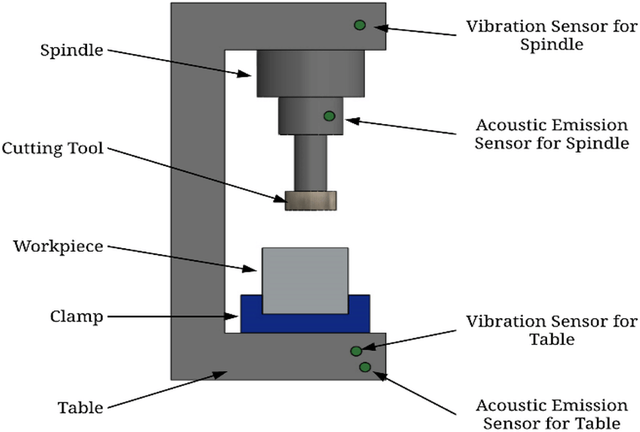
Understanding Milling Machines: A Comprehensive Guide
Milling machines are essential tools in the manufacturing industry, playing a pivotal role in shaping and machining materials. In this blog, we’ll explore what milling machines are, their types, applications, and key considerations for their use.
What is a Milling Machine?
A milling machine is a versatile machining tool that uses rotary cutters to remove material from a workpiece. This process can create various shapes, including flat surfaces, grooves, and complex contours. Milling machines are integral to manufacturing components across industries, from automotive to aerospace.
Types of Milling Machines
Vertical Milling Machine: The spindle axis is vertical. These machines are ideal for operations requiring a high degree of precision and are commonly used for milling flat surfaces, slots, and other complex shapes.
Horizontal Milling Machine: With the spindle positioned horizontally, these machines excel in removing large amounts of material quickly. They're often used for heavy-duty tasks and producing large parts.
CNC Milling Machine: Computer Numerical Control (CNC) milling machines automate the milling process, allowing for precise control over the cutting tool and increased productivity. They are widely used in mass production and complex part manufacturing.
Benchtop Milling Machine: Smaller and more affordable, benchtop models are suitable for hobbyists and small shops. They offer sufficient versatility for light-duty milling tasks.
Applications of Milling Machines
Milling machines are used in various applications, including:
- Manufacturing Components: Producing parts for machinery, vehicles, and consumer products.
- Prototyping: Creating prototypes for testing and design validation.
- Repair Work: Refurbishing and repairing worn or damaged components.
- Woodworking: In carpentry, milling machines are used to shape wood for furniture and cabinetry.
Key Considerations When Using a Milling Machine
Material Selection: Different materials require specific tools and cutting speeds. Understanding the material properties is crucial for optimal machining.
Tooling: Choosing the right cutting tool is essential for efficiency and precision. Consider factors like tool material, geometry, and coating.
Speed and Feed Rates: Setting the correct spindle speed and feed rate is vital for achieving the desired finish while prolonging tool life.
Safety Precautions: Always prioritize safety by wearing appropriate personal protective equipment (PPE) and following operational guidelines.
Conclusion
Milling machines are indispensable in modern manufacturing, offering versatility and precision for various applications. Understanding the different types of milling machines, their uses, and operational considerations can enhance productivity and ensure quality outcomes. Whether you're a professional machinist or a hobbyist, mastering the milling machine can open new avenues for creativity and innovation in your projects.
Feel free to share your experiences or questions about milling machines in the comments!